Oct 4, 2023
Vegetable Crop Root Systems
When we go to the field to evaluate a crop, there are typically three fundamental points we need to take into consideration that include: 1) stage of growth, 2) general crop vigor and yield potential, and 3) anticipate the next stage of development and what we need to do in terms of field crop management. These considerations are commonly focused on aboveground crop evaluations. However, the root system is also an extremely important part of the crop condition to evaluate.
Root systems were described in a basic manner in a recent article on 2 May 2023 (UA Vegetable IPM Newsletter Volume 14, No. 9).
The effective root zone depth is the depth of soil used by the bulk of the plant root system to explore a soil volume and obtain plant-available moisture and plant nutrients. Effective root depth is not the same as the maximum root zone depth. As a rule of thumb, we commonly consider about 70% of the moisture and nutrient uptake by plant roots takes place in the top 24 inches of the root zone; about 20% from the third quarter; and about 10% from the soil in the deepest quarter of the root zone (Figure 1).
The small and very fine root hairs are the most physiologically active portion of a developing root system. It is important that the plants continue to develop and generate fresh young roots and an abundance of fine root hairs to maintain water and nutrient uptake.
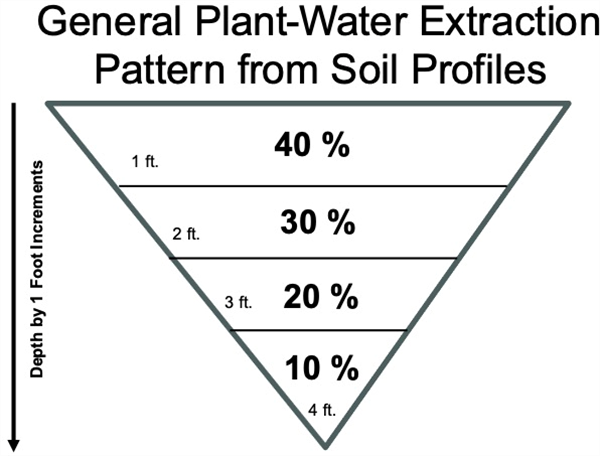
Figure 1. General pattern for plant-water and nutrient uptake from the soil profile.
It is important to point out that these general root development patterns are dependent on the nature of the soil profile in the fields. Soil profiles with compaction layers, as well as rock or caliche layers will limit root development and full exploration of the soil volume that the plants are capable of (Figure 2).
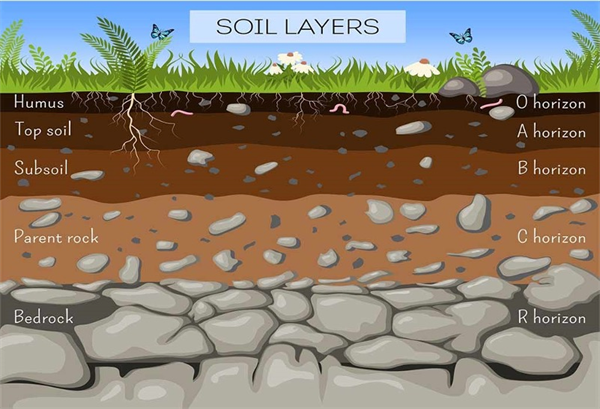
Figure 2. Generalized soil profile with major horizons.
Therefore, in scouting fields and making crop evaluations, examining the root systems is an important part of the process. Leafy green vegetable crops need to develop a marketable plant in a relatively short amount of time and a strong root system is essential.
It does take more time and effort to check root systems and it is a plant destructive process since we need to literally excavate the roots. So, it is also important to be careful of where and how we sample plants and the root systems in a field.
Crop species can vary significantly in their patterns of root development and it is important to know what is “normal” when evaluating crops in the field. An excellent reference for vegetable crop root system development is a 1927 publication by Dr. John E. Weaver and William E. Bruner from the University of Nebraska (Root Development of Vegetable Crops). This publication can be found at the following link:
https://soilandhealth.org/wp-content/uploads/01aglibrary/010137veg.roots/010137toc.html
A few basic examples from the Weaver and Bruner publication are provided in the following figures (Figures 3-10).

Figure 3. Cauliflower, 3 weeks after transplanting.
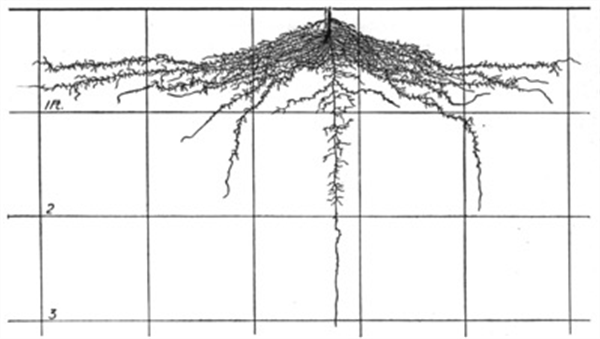
Figure 4. Cabbage roots, 55 days after transplanting.
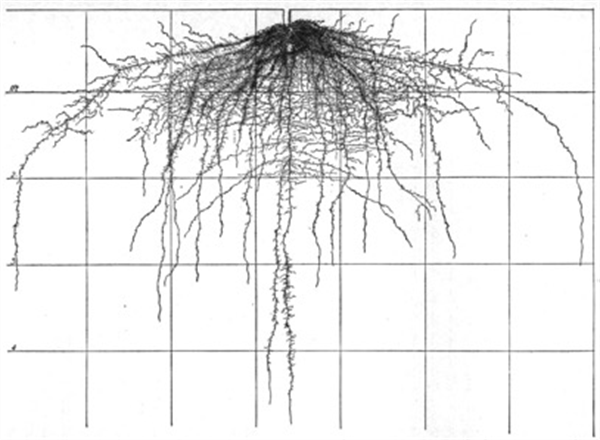
Figure 5. Cabbage roots, 75 days after transplanting.
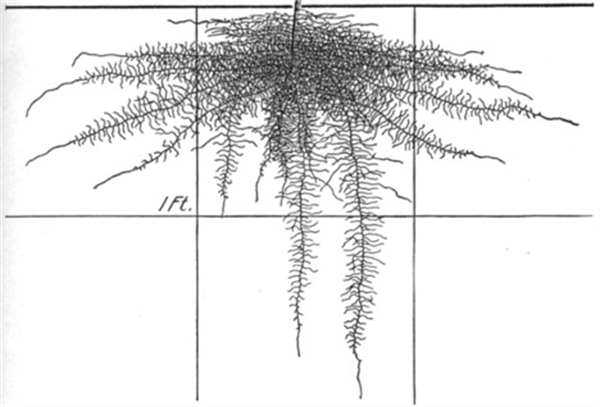
Figure 6. Pepper roots, 24 days.
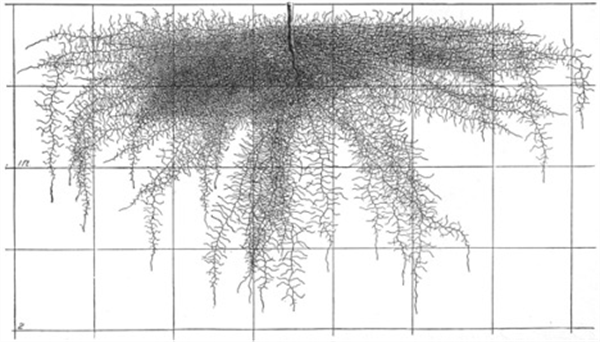
Figure 7. Pepper roots, 45 days (6 weeks).
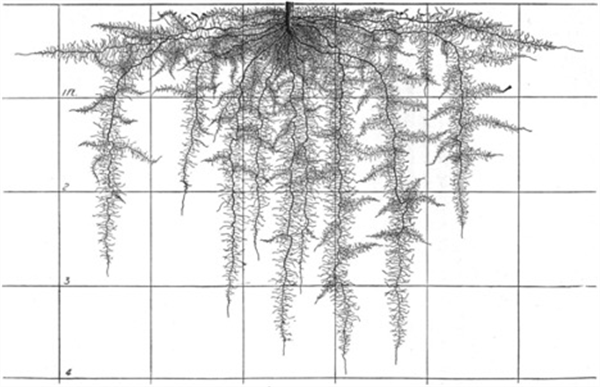
Figure 8. Pepper roots, mature.
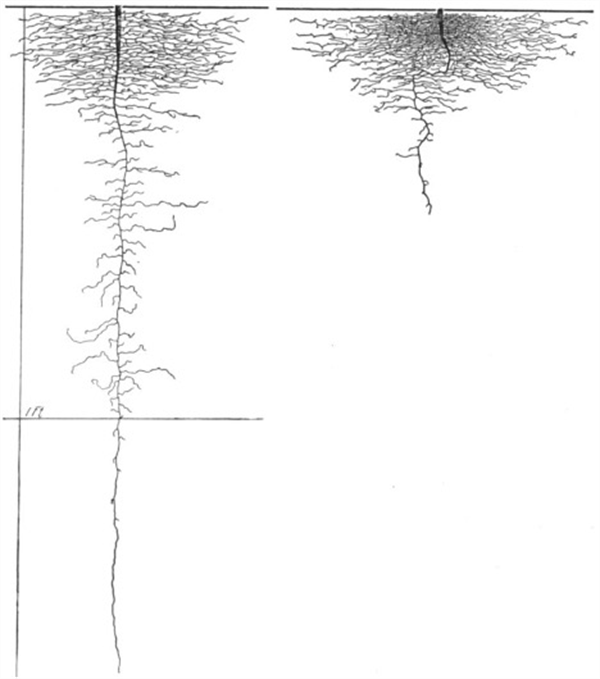
Figure 9. Lettuce roots, 3 weeks. The roots on the right were grown in compact soil, the roots on the
left were grown in loose/open soil.

Figure 10. Lettuce roots, 60 days.
To contact Jeff Silvertooth go to:
silver@ag.arizona.edu





















